PPT-Chapter 7 – Binary or Zero/one or Dummy Variables
Author : myesha-ticknor | Published Date : 2019-12-05
Chapter 7 Binary or Zeroone or Dummy Variables Dummy Variables Example Example WAGE1 Data Set We want to fit the model The term female is a dummy variable and
Presentation Embed Code
Download Presentation
Download Presentation The PPT/PDF document "Chapter 7 – Binary or Zero/one or Dumm..." is the property of its rightful owner. Permission is granted to download and print the materials on this website for personal, non-commercial use only, and to display it on your personal computer provided you do not modify the materials and that you retain all copyright notices contained in the materials. By downloading content from our website, you accept the terms of this agreement.
Chapter 7 – Binary or Zero/one or Dummy Variables: Transcript
Download Rules Of Document
"Chapter 7 – Binary or Zero/one or Dummy Variables"The content belongs to its owner. You may download and print it for personal use, without modification, and keep all copyright notices. By downloading, you agree to these terms.
Related Documents

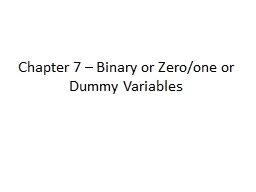
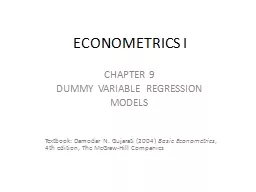
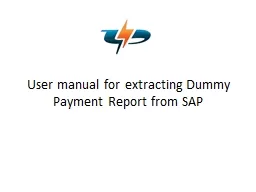
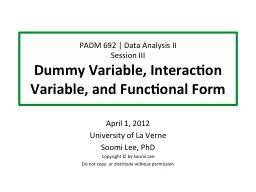
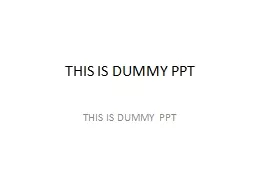


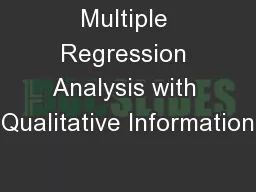

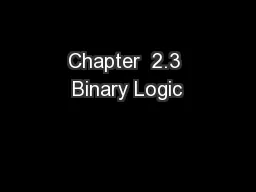

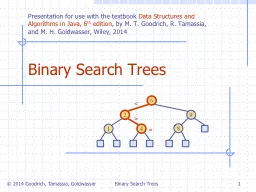

![[Content Here] L orem Ipsum is simply dummy text of the printing and typesetting industry.](https://thumbs.docslides.com/1046304/content-here-l-orem-ipsum-is-simply-dummy-text-of-the-printing-and-typesetting-industry-lorem-i.jpg)